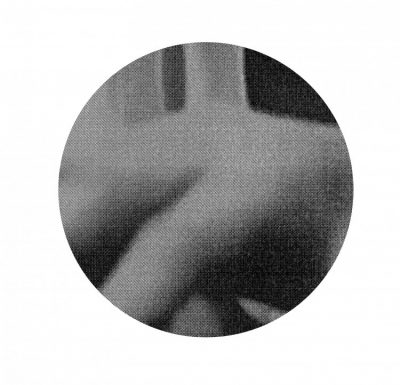Towards a New, Better Festival
Festivals are one of my favorite forms of musical reception. I like listening to music performed live. I like listening to the music in public, with other people. I like when we are all together in one place. Under one roof. Artists and recipients. Performers and listeners. Makers and witnesses. We are all gathered together in one place. Similarly focused. Similarly attentive. When we are at the center of things. When we leave together after it’s over. I like this ritual of turning towards and moving away from the center. I like when we are all looking at something that captures our attention. A moment of attention, tension, focus, and then a moment of relaxation and leaving. Two poles, two sides of the same coin.
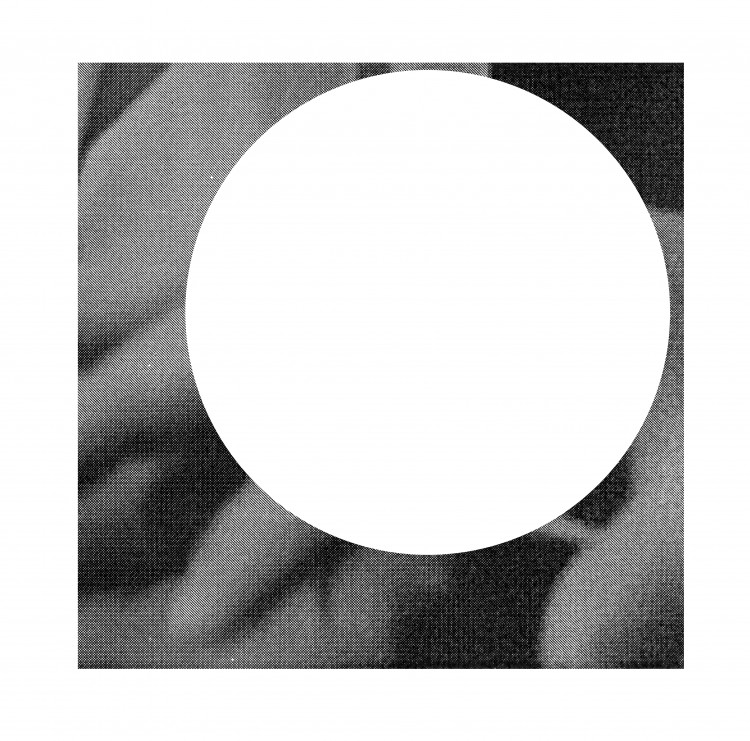
Once my girlfriend, a film studies graduate, told me that she doesn’t like going to the cinema. She doesn’t like watching movies in a closed auditorium, together with other people. She doesn’t like the fact that each showing is so brutally one-off. At the cinema, you cannot pause a movie, or rewind it to watch your favorite scene again. My friend likes to analyze each individual scene. She strips them down to its bare elements. She analyzes them one by one, frame by frame. Perhaps the same could be said about listening to live music. There is something radically one-off about it. Something unique. Something that sticks in our memory, but we cannot grasp or retain it in any way. Something that can be seen, listened to, felt, and experienced again only in our own imagination.
I don’t have the time and patience for focused home listening. Headphones give me a headache. Besides, I cannot really focus on what I’m doing at the moment. My listening doesn’t like competition. I cannot write, read, or answer emails while listening to music. These things are all best done in silence. In the evening, I finish my work and go to a concert. But one concert is not enough for me. I prefer more intensive listening. Multistage. Lasting for hours. Lasting for days. That’s why I prefer festivals. Preferably ones that involve travel. Preferably by plane, with two changes, if possible. And although it’s not always simple, I prefer breaking out of the daily routine to focus completely on listening. Seeing new places, meeting new people, and learning about new cultures. That’s my favorite way of listening to music. Away from familiar places, paths, and faces. Away from things that may distract you. Away from things that are familiar.
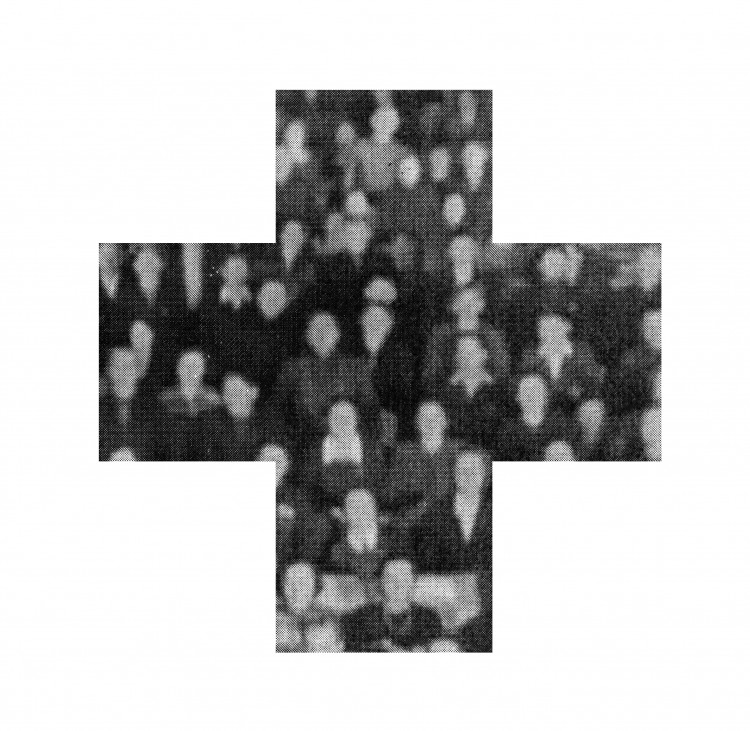
My favorite festival moments are the ones “between” sets or concerts. I like when something that I heard earlier becomes a part of what I will hear next. When the two things still resonate in my mind. When they efface and overlap each other in my mind. When one moment erases another. I like when they overlap and interpenetrate each other. I like the moment when sets make up a whole story which strays beyond them. The story which strays beyond what I hear at the moment. What remains in my memory is the intensity and physicality of festivals. The toil of moving from A to B. Planning, travelling, rush, fatigue, and lack of sleep. This is the crucial moment when I realize that I begin to recognize more and more faces. Suddenly, we start greeting each other and chatting. This is how the most important component of the festival arises, namely, a sense of community. This is the moment when I realize how much we have in common. How similar our stories are. This is the moment when they become “us.” A community of people who took a similar path to get there. Who, just like me, got away from their daily life, job, duties, and habits to come to the festival. A community which shares my present state of mind, in which we absorb more intensely and rapidly. But also a community which shares similar musical sensitivity and curiosity.
The festival is a moment when our experience of music rapidly expands. It encompasses much more. At the same time, it is closely related to the experience of a new space and location. Of its distinct culture and identity. Of its customs and rituals. Definitions, boundaries, and categories we imposed on music and ourselves – all of them fade out. The boundary between music and post-music disappears. We open our eyes and ears. Body and mind. We absorb not only intellectually, but also physically and emotionally. I like this moment when I realize that it is not only the perspective of an artist on a stage, but also my perspective, the perspective of a listener, which creates a musical work. We are all in this together.

Recently, I came to believe that the way of listening to music is just as important for its history and evolution as the intentions of composers. Listening is strictly related to the way music is transmitted, presented, and mediated. A festival is a kind of a musical event that radically shapes our thinking about music. This in turn affects what music is created and what music will be made in the near future. At least for as long as festivals will remain the dominant form of supply and consumption of live music. Festivals do more than just provide context for music. In a way, a festival is a template and a medium for the music of our time. It is a sort of non-material musical collection, a Sammlung. Something like a medieval manuscript with mass-produced motets created under time pressure. Motets made according to a generally accepted pattern and stripped of individual idioms in favor of stylistic consistency.
I believe that festivals are total works of art. They are total compositions of reality and time. Festivals create a parallel (alternative) temporality and, simultaneously, carefully manipulate our time. I like the fact that they are so demanding and densely scheduled. Immersiveness and interventionality become their hallmarks. They become a dense web of events, intricately woven from concerts, meetings, lectures, screenings, workshops, interventions, installations, discussions, public appearances, and conversations. I really like the fact that festivals don’t make it easy for us. We must submit ourselves to them. Let ourselves be led and carried away.
There is something subversive and transgressive about festivals. If they can so radically change our daily and weekly routine, maybe they can also create a temporary new and better world. A world, which is more tolerant, diverse, equal, open, critical, and inclusive. A world without boundaries, prejudices, patriarchy, homophobia, and hatred. Perhaps, as temporarily autonomous zones, festivals can become something better than the world outside them. Maybe they can become a ground for testing new forms of coexistence and sharing. A ground for a radical reorganization of how we live and create together as a society. Perhaps, festivals should become a forum for radical interventions, contestations of reality, and in-depth analyses of society, which can liberate us from normativity and passivity.
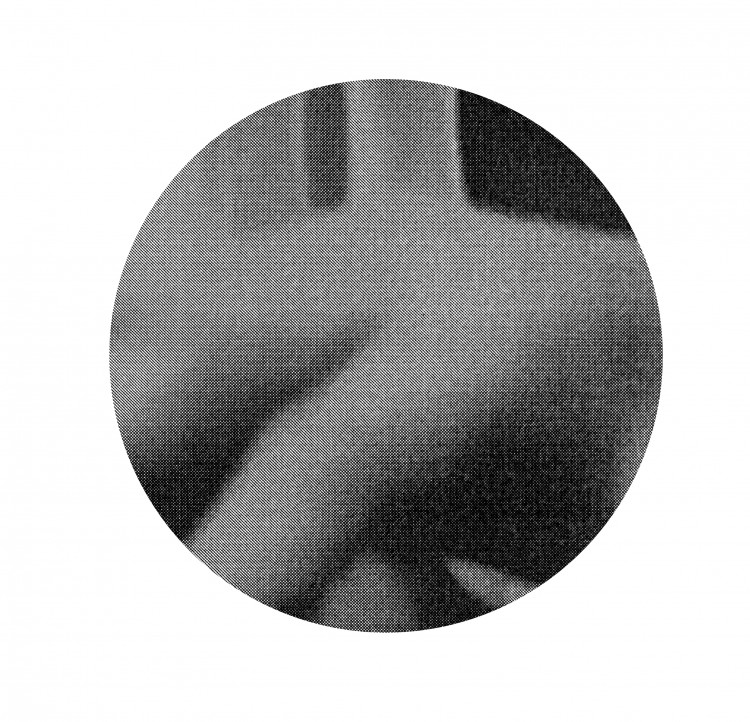
This is what happened in April 1983 when the Slovenian new wave industrial band Laibach performed at the 12th Music Biennale Zagreb at the Mosa Pijade Hall. To their all-night concert entitled We Are Forging The Future, they invited two other British bands: 23 Skidoo and Last Few Days. Back then the Music Biennale Zagreb was a respectable festival, featuring such renowned and respected contemporary composers as Cage, Stockhausen and Lutosławski. All three bands, especially Laibach, performed in black military uniforms with black crosses hung around their necks. During their concert they screened the 35 mm propaganda film Mikujemobodocnost (The Revolution is Not Over Yet) celebrating the happy Republic of Yugoslavia, Communism, workers, and factories. On top of it they projected some looped hardcore porn scenes. Reportedly, a scandal arose after the face of the Yugoslavian leader Josip Broz Tito and a huge dick appeared simultaneously on the two screens. The performance was stopped immediately. The police and soldiers rushed into the hall in the middle of the night. After that, Igor Kuljerić, the then artistic director of the festival, allegedly had a nervous breakdown, while the festival was on the verge of being abolished. Ivo Josipović, the composer, musicologist, the Biennale’s director from 1991 to 2010, and the third President of Croatia from 2010 to 2015 was supposed to have been in the audience. The group was banned from public appearances after the scandal at the Music Biennale Zagreb.
Although festivals offer a form of escapism and create a sense of community, they are still based on selection, choice, elimination, discrimination, and division. The act of planning a festival’s program is discriminatory in itself. What should be included and what should be rejected? What is worthy of attention and what is not? What deserves to be called an art and what does not? Who decides, and why? What are her arguments and reasons? And finally, who is the author here? The performer or the curator? The composer or the performer? And why do we still think of authorship as something individual rather than collective? Festivals give rise to hierarchies and divisions. Divisions into listeners and artists. Into organizers and consumers. Into hosts and guests. The division into what was included in a festival’s program, and what was rejected. I’m wondering what would happen if these divisions were negated and reversed? If we were to invent new criteria. New rules of the game. New ways of selection. And perhaps, new strategies for inclusion?
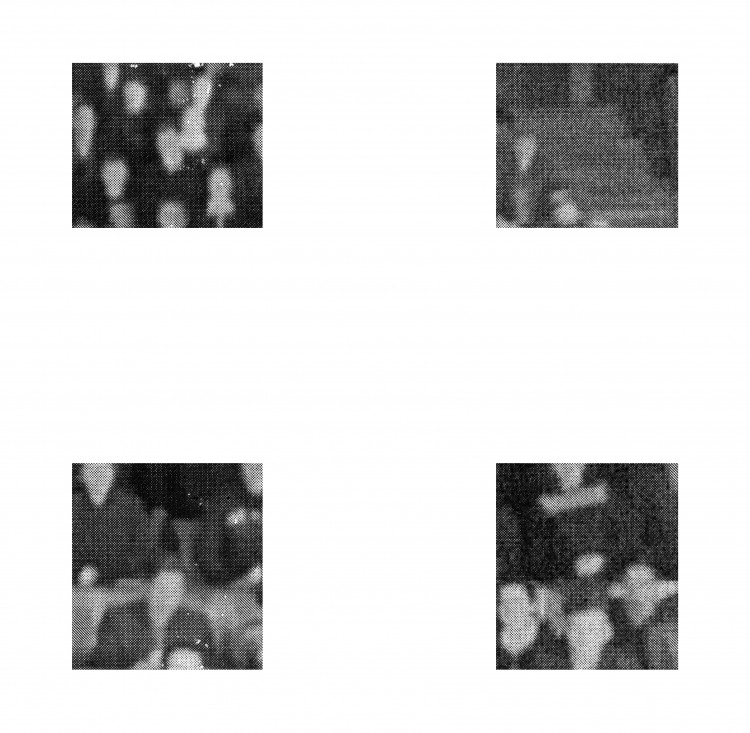
For example, this year’s festival [Musica Electronica Nova 2017] features artists who have been chosen completely at random. Perhaps, in this way, the festival’s line-up would be much more interesting? But if not, maybe the very experiment would be still interesting? Let’s presume that the festival can feature 20 musical projects of various durations. From 1.5 to 60 minutes long. For 2 or 3 months, different projects are being submitted and we randomly choose 25 of them. Or take the selection of the program, which would be a reversal of the current festival demographics. What would happen if female artists from ethnic minorities or female artists of color constituted 99–100% of the artists invited to the festival. Or what would happen if 75–80% of the festival program was filled with music made by women? Or what would happen if all the festival attendees were also the artists who present their music at the festival on equal terms and who radically eliminate some of the most obvious divisions. Realizing such a plan cannot be more difficult than changing all masculine noun forms to feminine ones in this text. What it really comes down to is our determination, conviction, and the belief that the project will succeed.
On the other hand, I’m wondering what would happen if a festival featured musical projects at different stages of development. From the concept stage, through its partial realization, to the final stage. Festivals should be more like laboratories of ideas and places for experimentation rather than showcases of finished, closed, and polished compositions. For example, let’s imagine an “open-mic”event with artists and composers who want to test their musical ideas on a „live ensemble.” That evening the artists would have at their disposal one of the new music ensembles. They could present their ideas and projects at different stages of development. The ensemble would realize the composers’ ideas on the spot. All this would be observed by the listeners, who would then be invited to participate in a discussion on an equal footing with the ensemble and the artists.
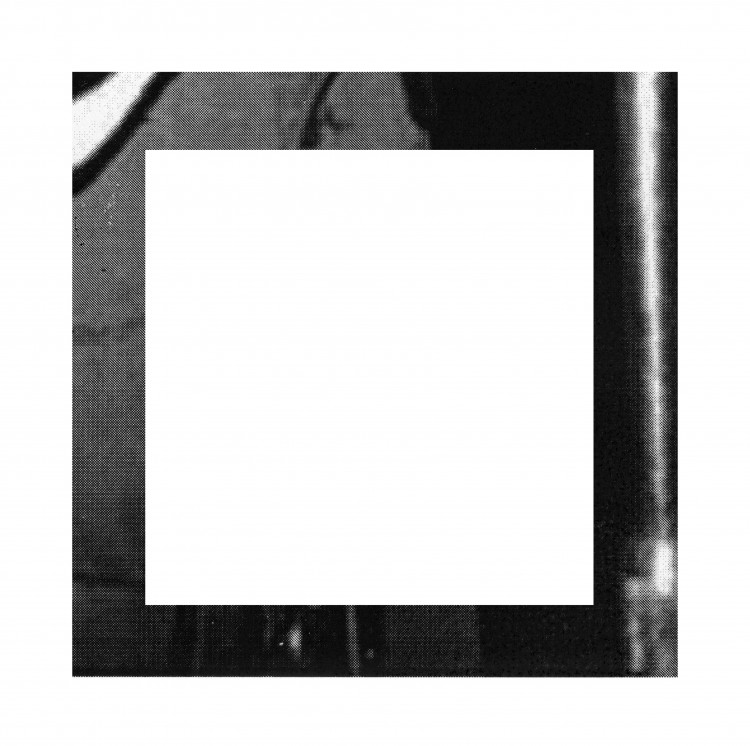
Moreover, it would be interesting to come up with a new categorization of music presented at festivals. Sitting, walking, standing, falling asleep, dancing, meditating, and eating music instead of modernist, contemporary, avant-garde, electroacoustic, minimalist, conceptual, acoustic, artistic, popular, and electronic music? Music categorized by how it’s received? This should be done without reducing music to a commodity, but rather in a way that engages with our reality and critically comments upon it. In a way that forces us to think and change the reality.
The subversive quality of festivals also involves their ability to constantly reinvent themselves. Every year. Every edition. The ability to redefine their identity. To constantly renew themselves. To adapt to the changing reality. To change their formulas, management, and thinking. Is it possible for festivals to undergo such a regular radical renewal? What I mean here is not a renewal used as an empty slogan, a cover for preserving the status quo, as is the case with most biennales of the visual arts. The answer is certainly yes! The fluidity of festivals, their institutional and financial illusoriness certainly makes it easier. So does their ability to adjust, transmute, and transform. We expect more from festivals than from other cultural institutions because we grow more accustomed to them. We form not only stronger bonds with them, but also stronger communities, even if they are only temporary.
Text: Monika Żyła
Translation: Agata Klichowska
Illustrations: Ul Pazniak


